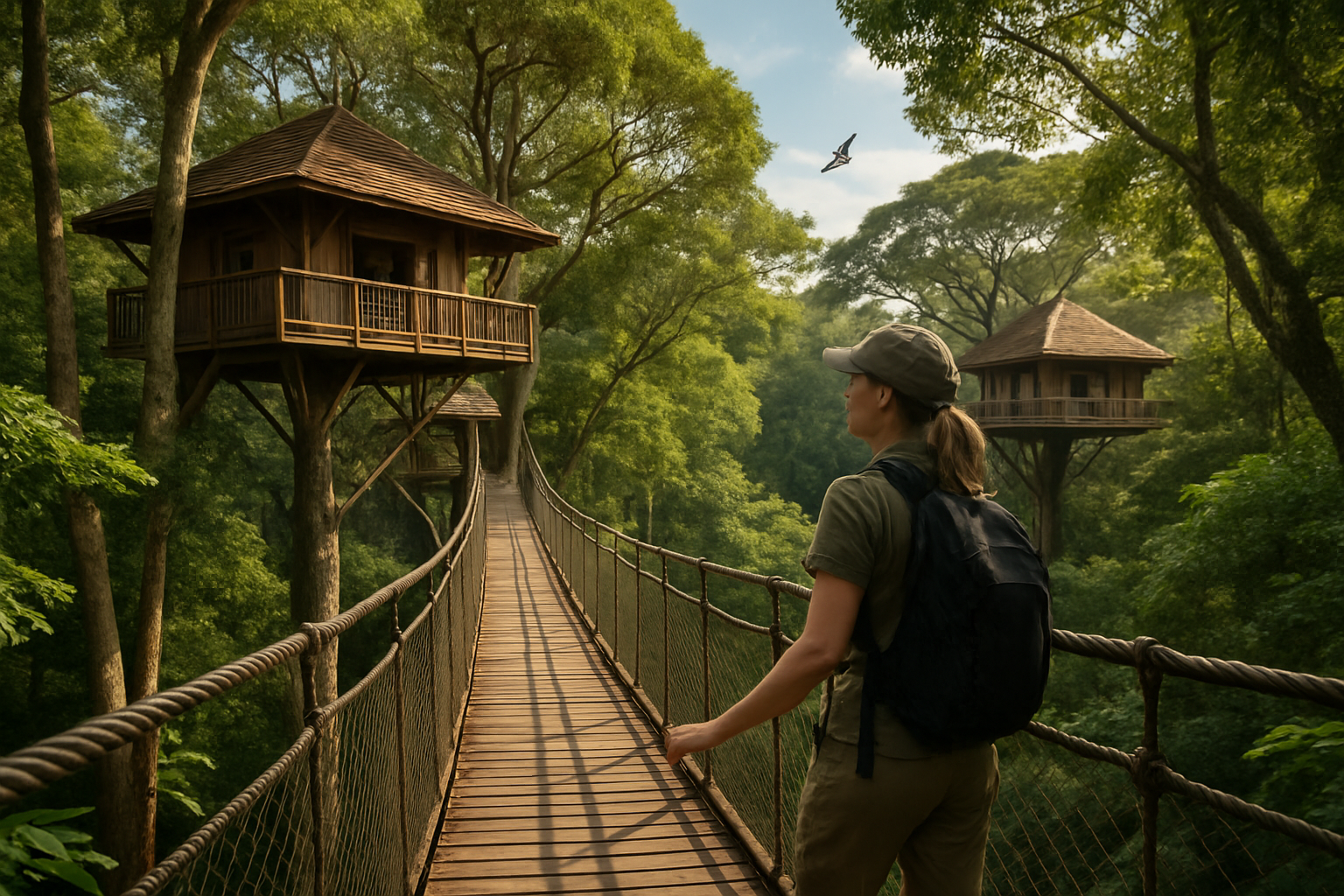Neo-Ruralism: The Urban Exodus Reshaping American Communities
The siren call of rural life is luring a new generation of city dwellers to greener pastures. This modern migration, dubbed neo-ruralism, is redefining the American landscape and challenging long-held notions about urban superiority. As young professionals and families trade skyscrapers for silos, we're witnessing a cultural shift with far-reaching implications for both urban and rural areas. Read below to explore the forces driving this exodus and its impact on society.

The Origins of Neo-Ruralism
The concept of neo-ruralism isn’t entirely new. Throughout history, there have been periodic waves of urban-to-rural migration, often sparked by social, economic, or environmental pressures. However, the current movement has unique characteristics that set it apart from its predecessors.
The seeds of modern neo-ruralism were planted in the late 20th century, as environmental consciousness grew and disillusionment with urban life began to set in for some. The back-to-the-land movement of the 1960s and 1970s can be seen as a precursor, though it was more focused on self-sufficiency and rejection of mainstream society than today’s neo-rural trend.
What truly catalyzed the current wave of neo-ruralism was the convergence of several factors in the early 21st century. The 2008 financial crisis led many to question the stability and sustainability of urban-centric lifestyles. Simultaneously, advancements in technology began to make remote work increasingly viable, untethering many professionals from their urban offices.
Driving Forces Behind the Urban Exodus
The rise of neo-ruralism can be attributed to a complex interplay of societal, technological, and economic factors. One of the most significant drivers is the increasing feasibility of remote work. With high-speed internet reaching even the most remote areas, many knowledge workers are no longer bound to urban centers for employment opportunities.
Environmental concerns also play a crucial role. As awareness of climate change and environmental degradation grows, many individuals are seeking ways to reduce their carbon footprint and live more sustainably. Rural areas offer opportunities for organic farming, renewable energy adoption, and a closer connection to nature.
Economic factors cannot be overlooked. Skyrocketing urban housing costs have made homeownership an increasingly distant dream for many city dwellers. Rural areas, with their lower cost of living and more affordable real estate, present an attractive alternative for those looking to build equity and achieve financial stability.
The Neo-Rural Demographic
Contrary to popular belief, neo-ruralists aren’t just retirees seeking a quiet life or hippies dropping out of society. The demographic makeup of this movement is diverse and evolving. Young professionals, particularly those in tech and creative industries, are at the forefront of the trend. Many are in their 30s and 40s, often with young families, seeking a different quality of life than what urban environments offer.
Interestingly, neo-ruralism is also attracting a significant number of immigrants and people of color, challenging the notion that rural America is exclusively white. These diverse neo-ruralists are bringing new perspectives, cultures, and entrepreneurial spirit to their adopted communities.
Education levels among neo-ruralists tend to be high, with many holding advanced degrees. This influx of human capital is having a profound effect on rural economies and social structures, as we’ll explore in the next section.
Impact on Rural Communities
The arrival of neo-ruralists is transforming many rural communities in both positive and challenging ways. On the positive side, these newcomers are often bringing much-needed economic vitality to areas that have long struggled with population decline and economic stagnation.
Many neo-ruralists are starting businesses, from artisanal food production to tech startups, creating new job opportunities and diversifying local economies. Their presence is also boosting local tax bases, allowing for improvements in infrastructure and public services.
Culturally, neo-ruralists are often catalysts for change, introducing new ideas, cuisines, and cultural events to their communities. This cultural cross-pollination can lead to a revitalization of rural life, making these areas more attractive to both long-time residents and potential newcomers.
However, the influx of urban transplants is not without its challenges. Rising property values, while beneficial for some, can lead to affordability issues for long-time residents. There can also be cultural clashes between newcomers and established residents, particularly around issues of development and preservation.
Implications for Urban Areas
As neo-ruralism gains momentum, its effects are being felt in the urban areas left behind. Some cities are experiencing a “brain drain” as talented professionals depart for rural pastures. This exodus can potentially impact urban innovation and economic growth.
However, the picture is complex. The departure of some residents is alleviating pressure on overburdened urban housing markets and infrastructure. In some cases, this is creating opportunities for cities to address long-standing issues of affordability and livability.
Moreover, the neo-rural movement is prompting many cities to reevaluate their approach to urban planning and quality of life issues. Some are implementing “rurban” strategies, incorporating more green spaces, urban farming initiatives, and community-focused development to retain residents seeking a more balanced lifestyle.
The Future of Neo-Ruralism
As we look to the future, it’s clear that neo-ruralism will continue to shape American society in profound ways. The COVID-19 pandemic has only accelerated this trend, as remote work becomes increasingly normalized and people reassess their priorities and living situations.
However, the sustainability of this movement will depend on several factors. Rural communities will need to invest in infrastructure, particularly high-speed internet, to continue attracting and retaining neo-ruralists. There’s also a need for thoughtful integration strategies to ensure that newcomers and long-time residents can coexist harmoniously.
From a broader societal perspective, the neo-rural movement has the potential to bridge the urban-rural divide that has become increasingly pronounced in recent years. As urbanites bring their perspectives to rural areas and gain a deeper understanding of rural life, there’s hope for greater empathy and collaboration across the urban-rural spectrum.
In conclusion, neo-ruralism represents a significant shift in how Americans conceive of community, work, and quality of life. As this movement continues to evolve, it promises to reshape not just individual lives, but the very fabric of American society. The great urban exodus may well be the beginning of a more balanced, sustainable, and interconnected nation.





